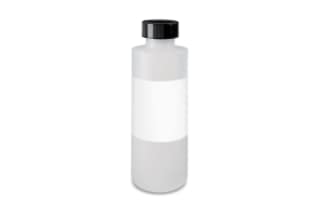Environmental Standards
Increase safety, quality, and efficiency for environmental analysis
Waters instrumentation, standards, and sample preparation products are used for environmental analysis in laboratories throughout the world. Application analyses for Waters UPLC, UPC2, UPLC-MS/MS, UPLC/QTof MS, and GC-MS/MS systems include pesticides, trace metals, cations and anions.
- Help ensure safety and compliance
- Increase laboratory efficiency
- Improve quality of results
Specifications
Overview
- Bullet 1
- Bullet 2
- Bullet 3…
Recommended Use: Text here.
